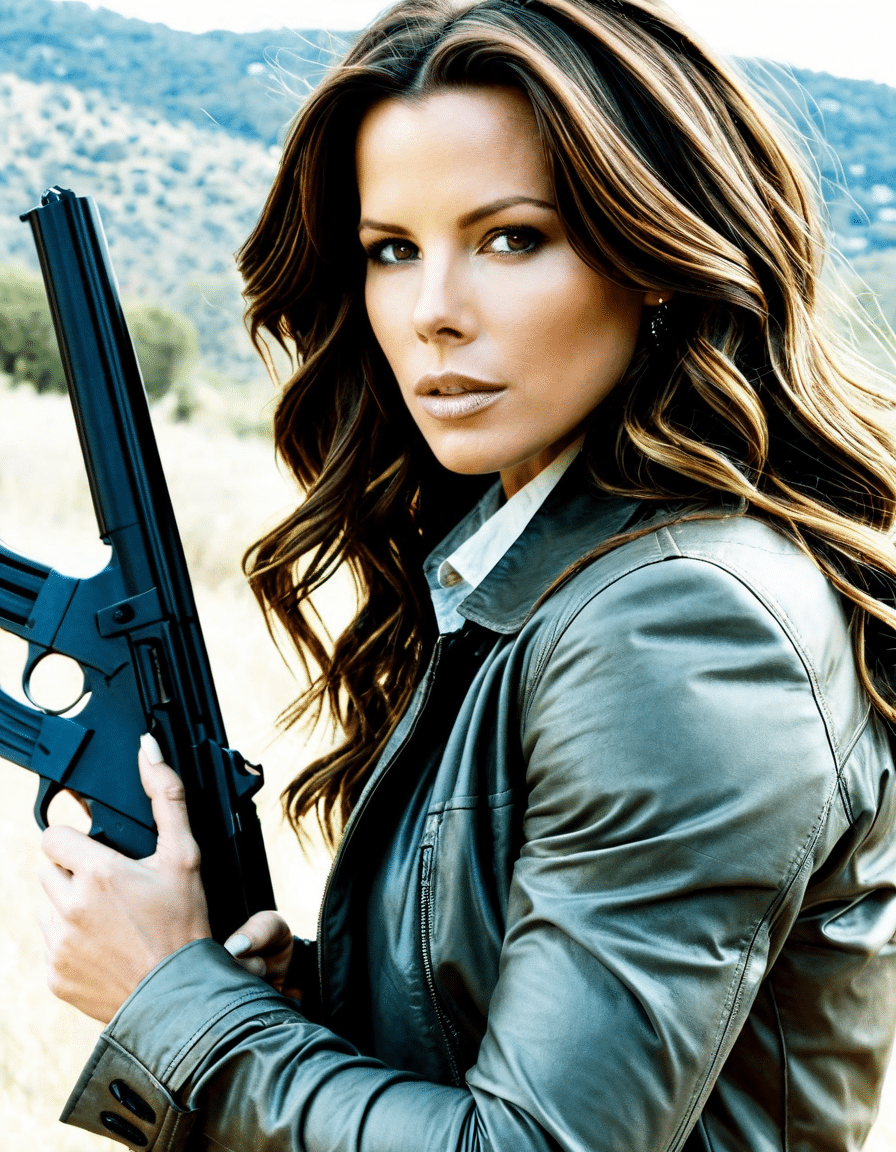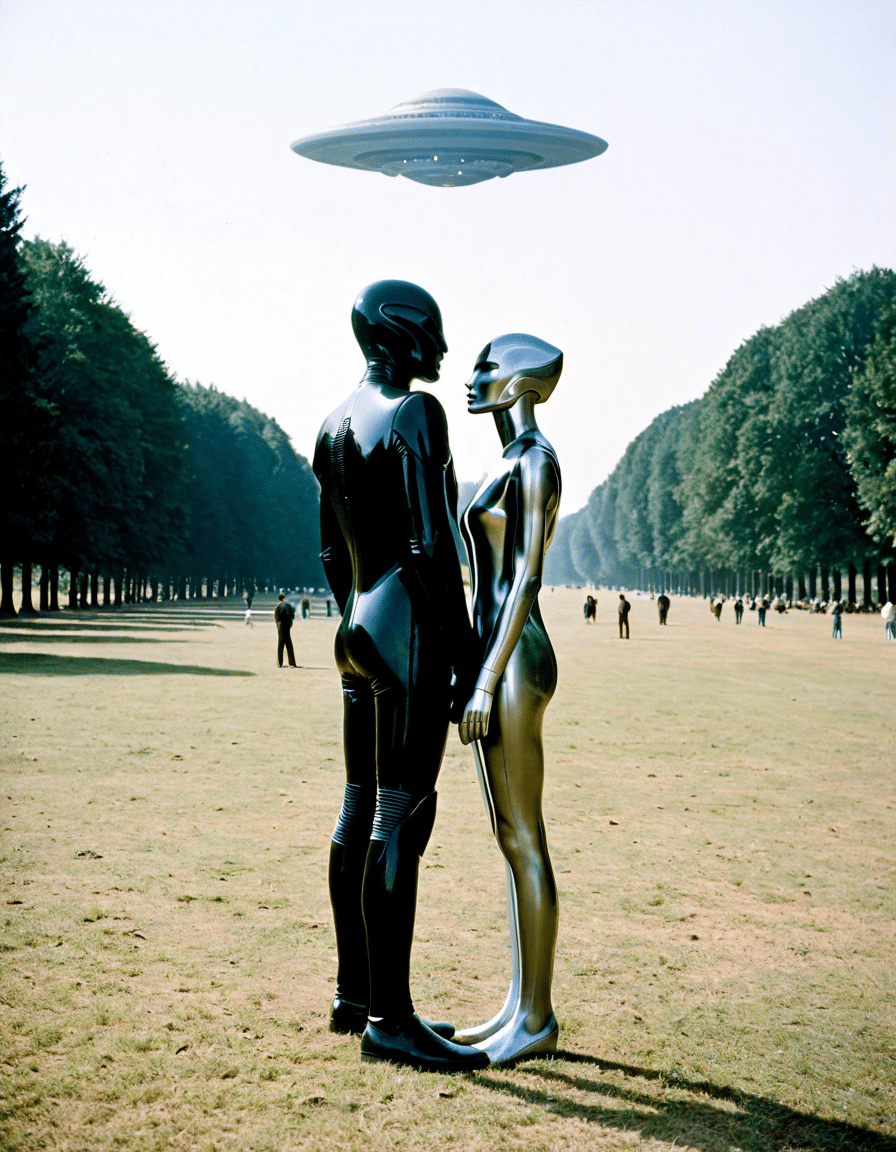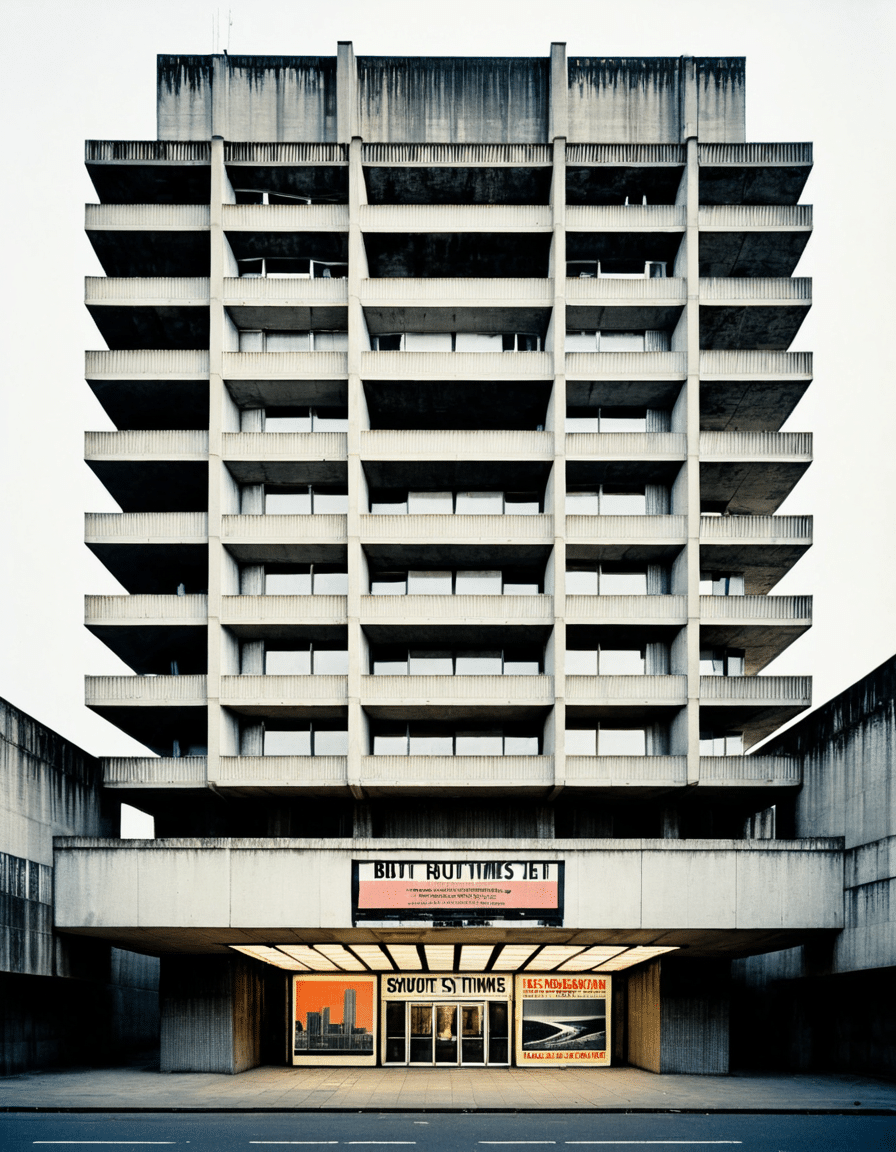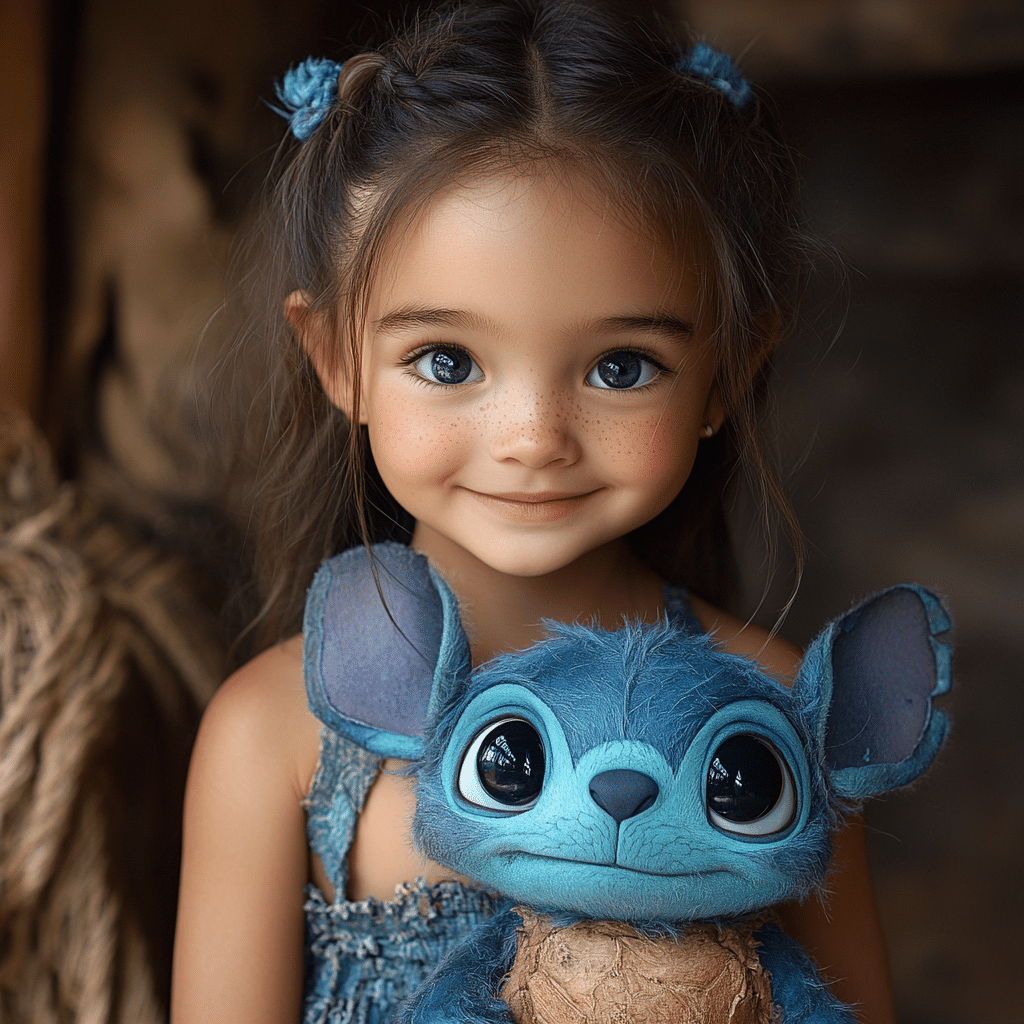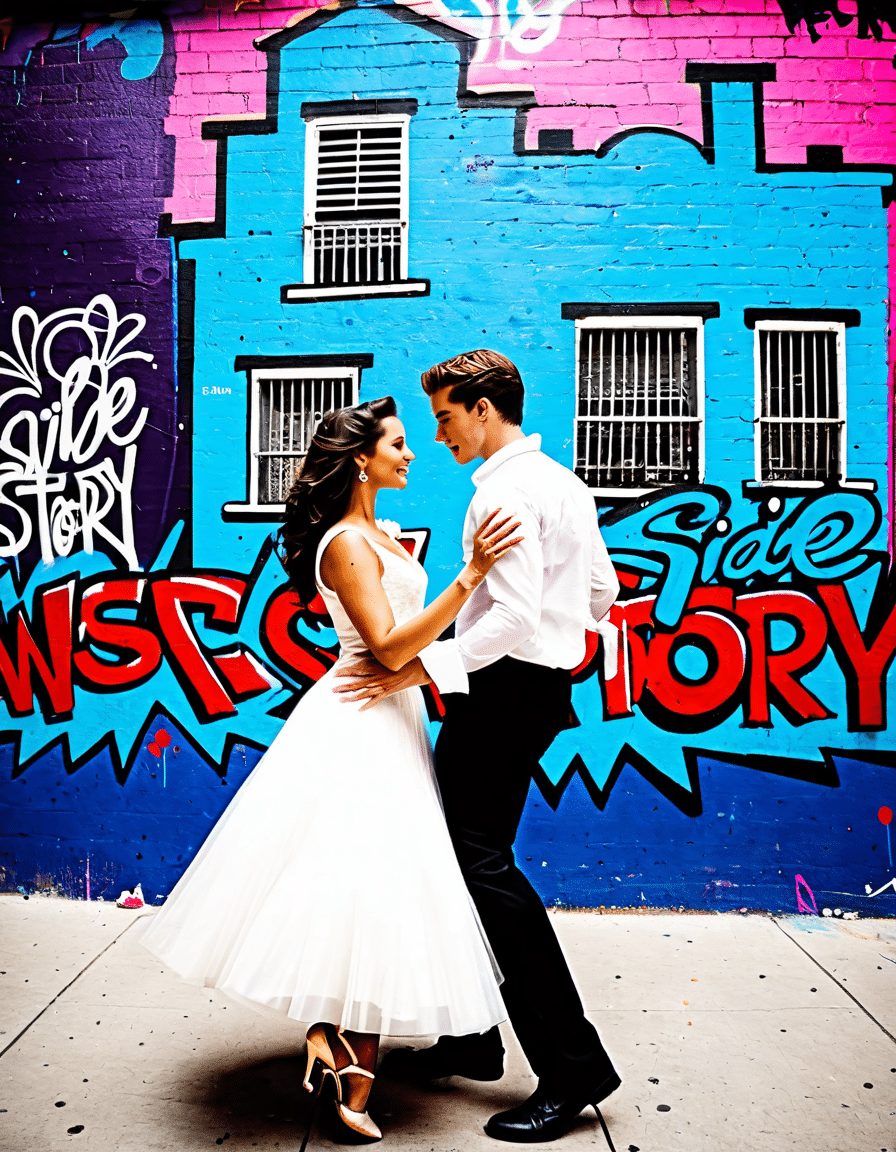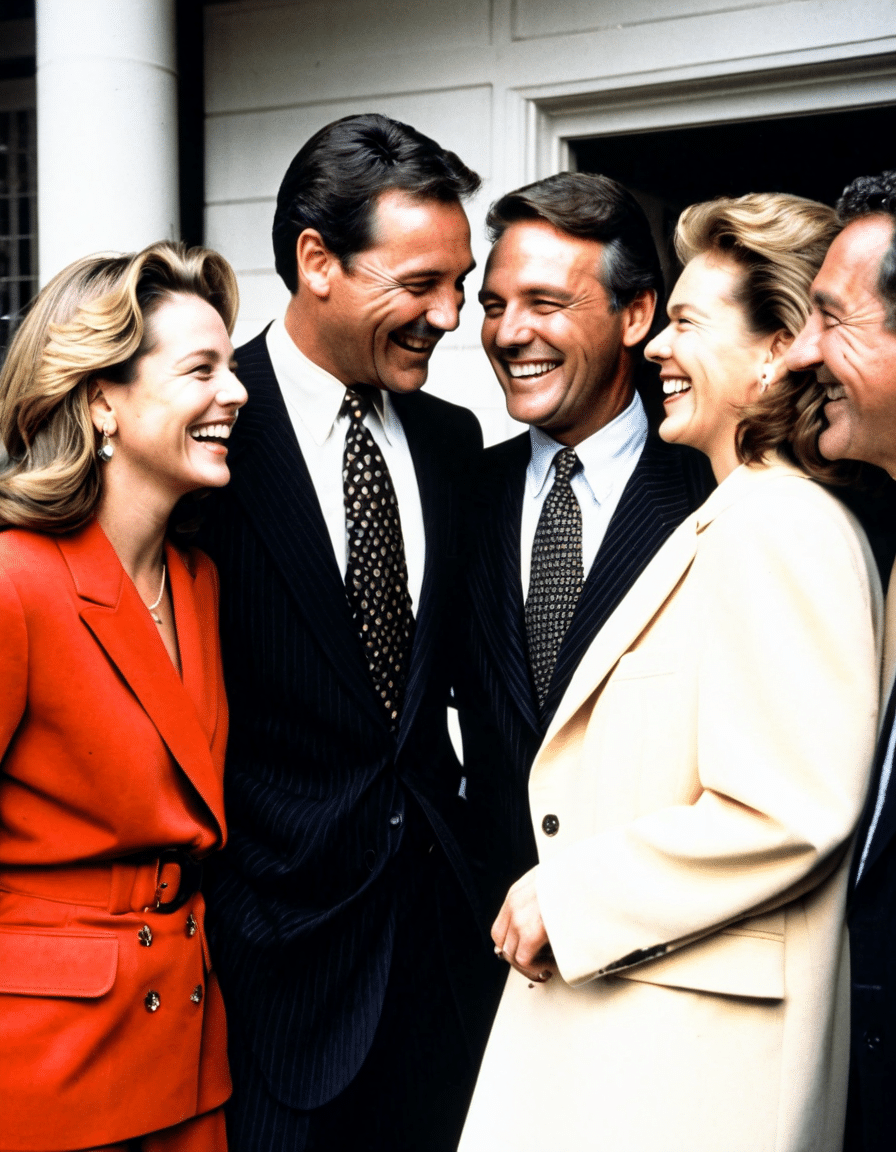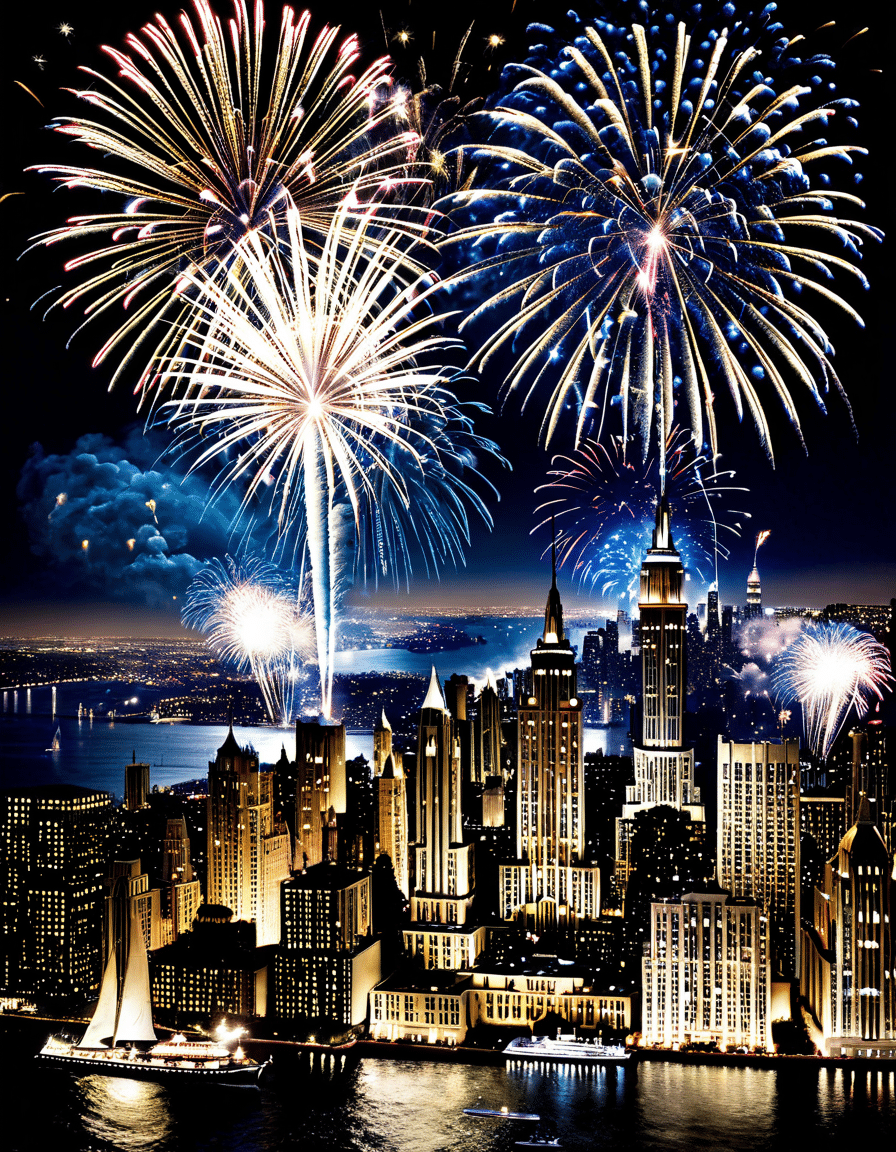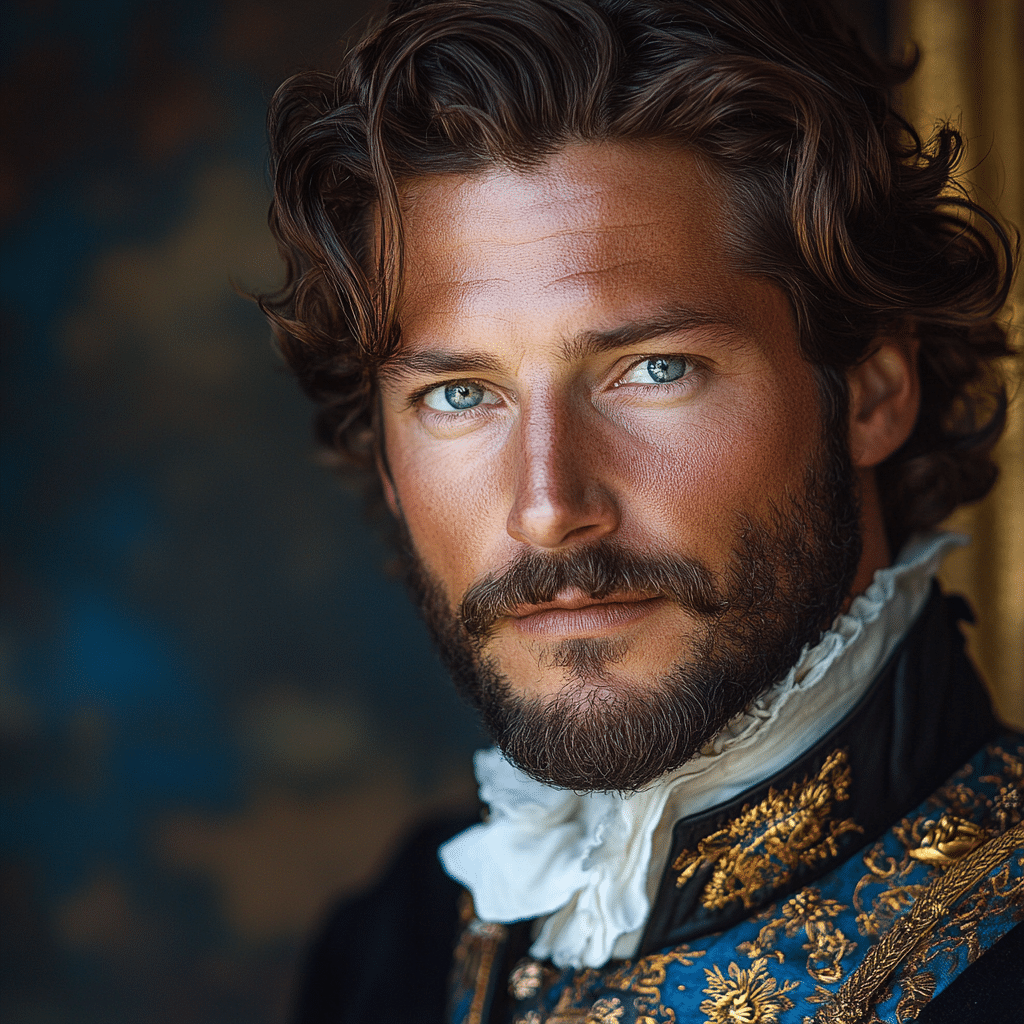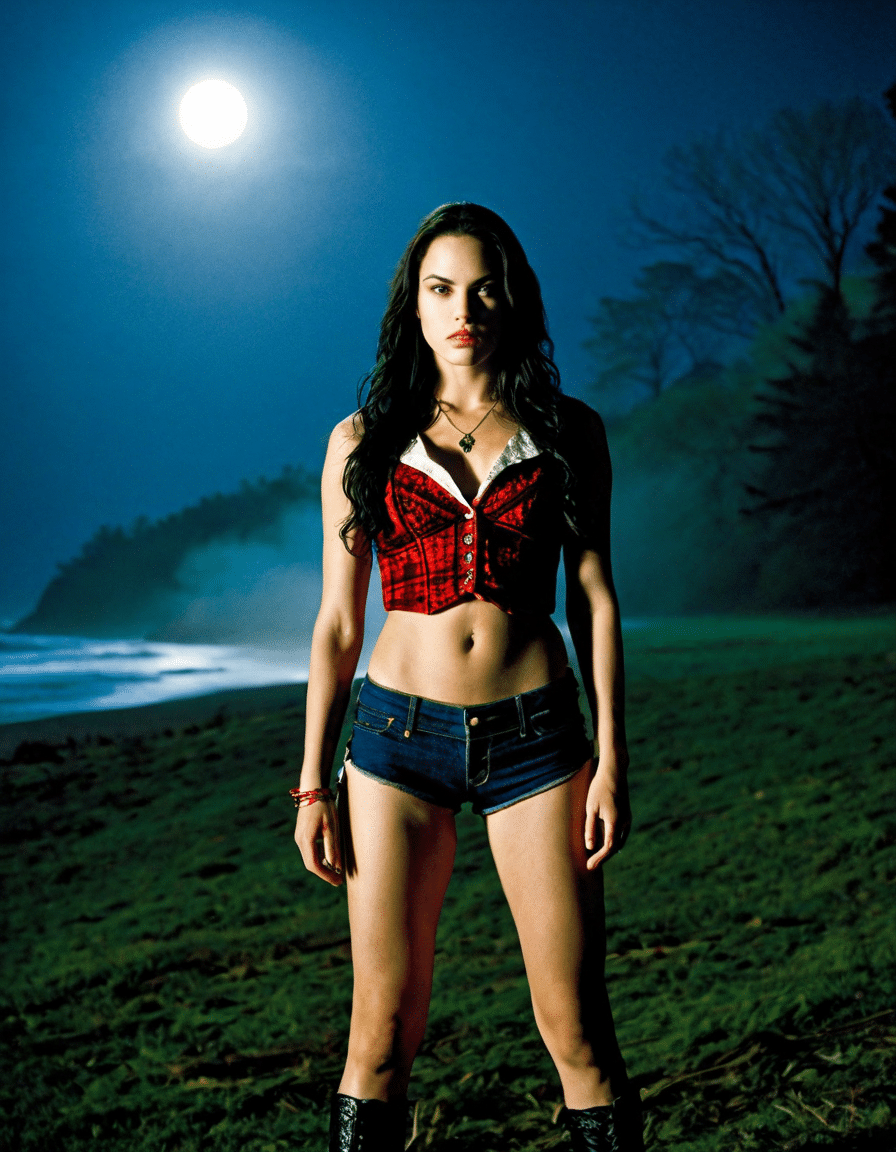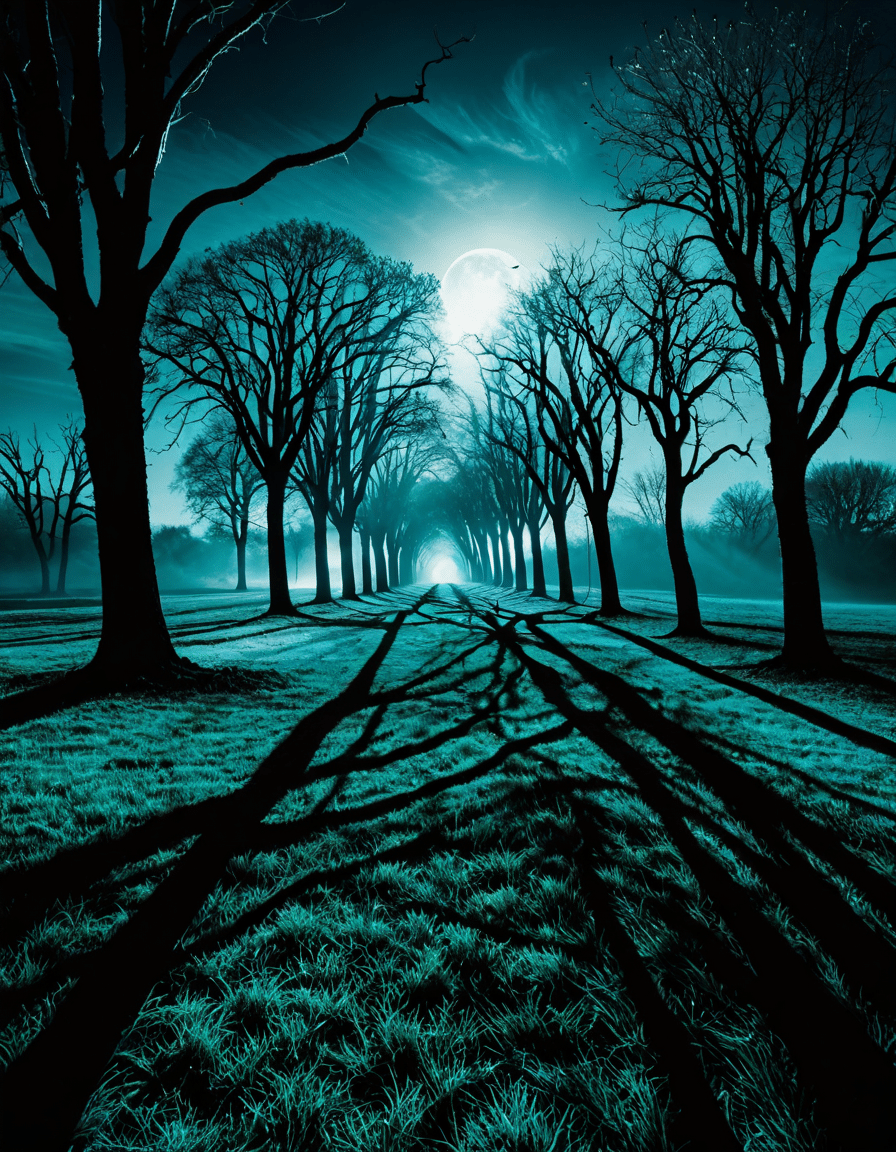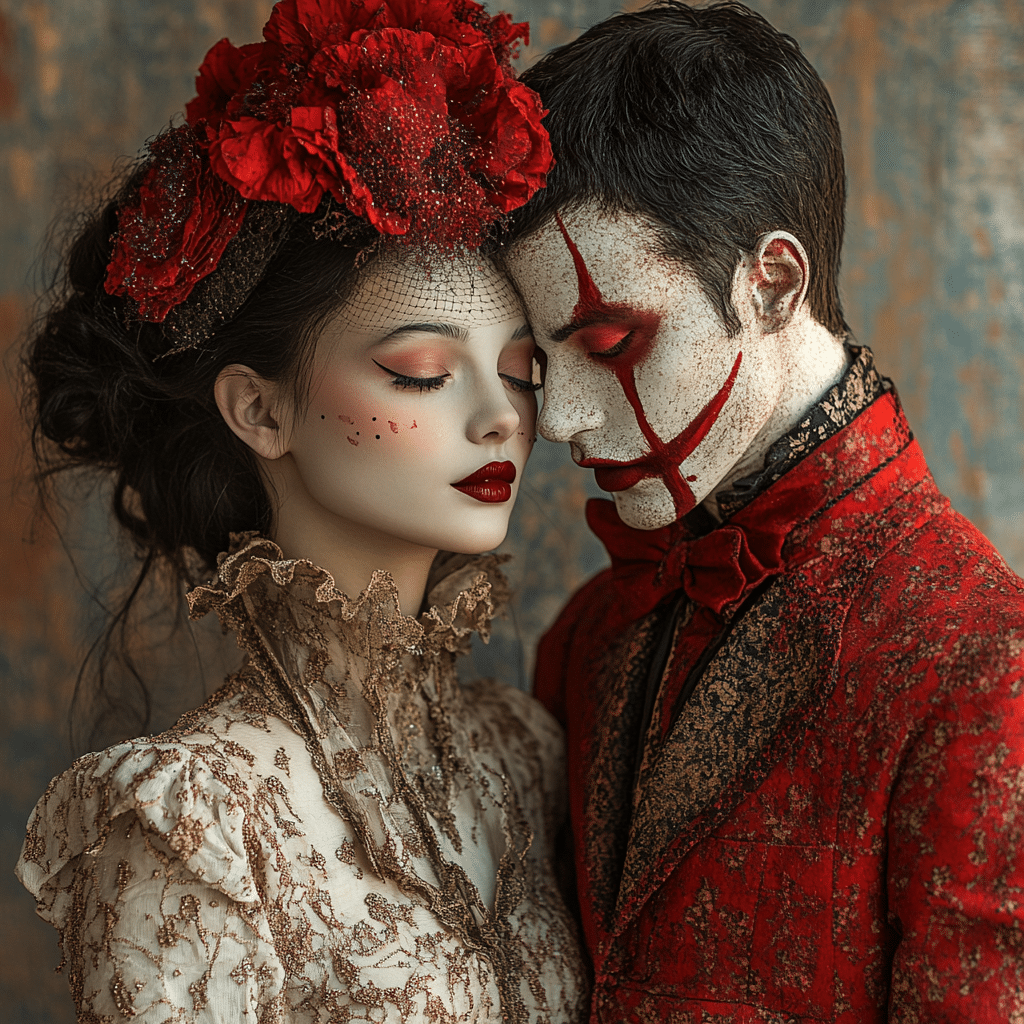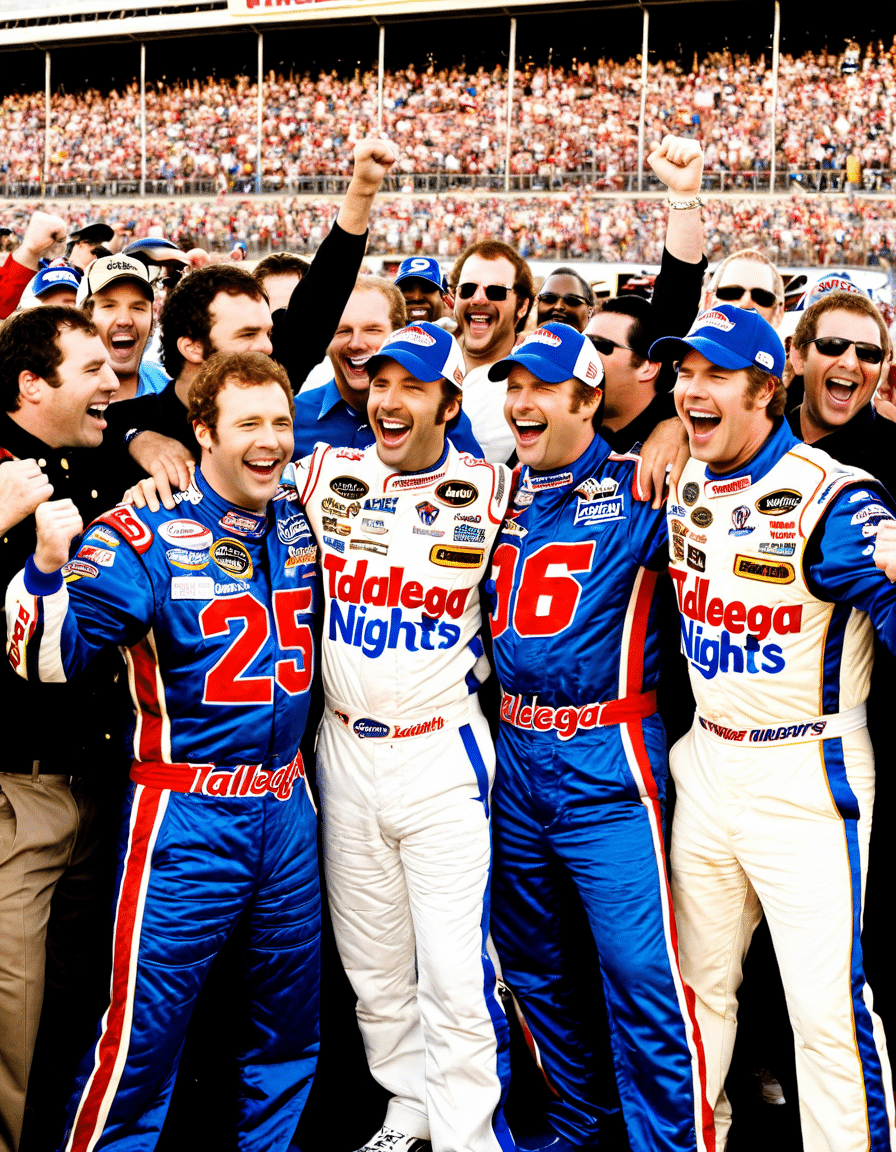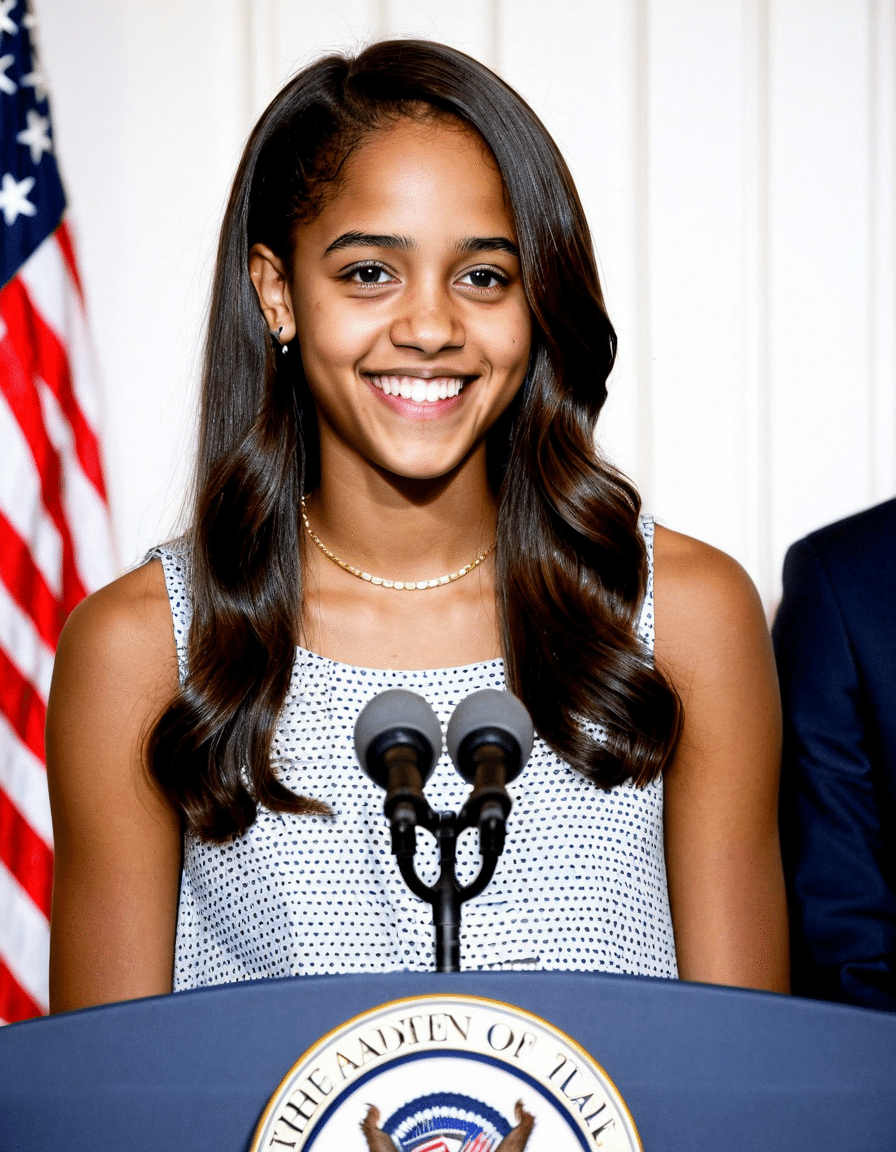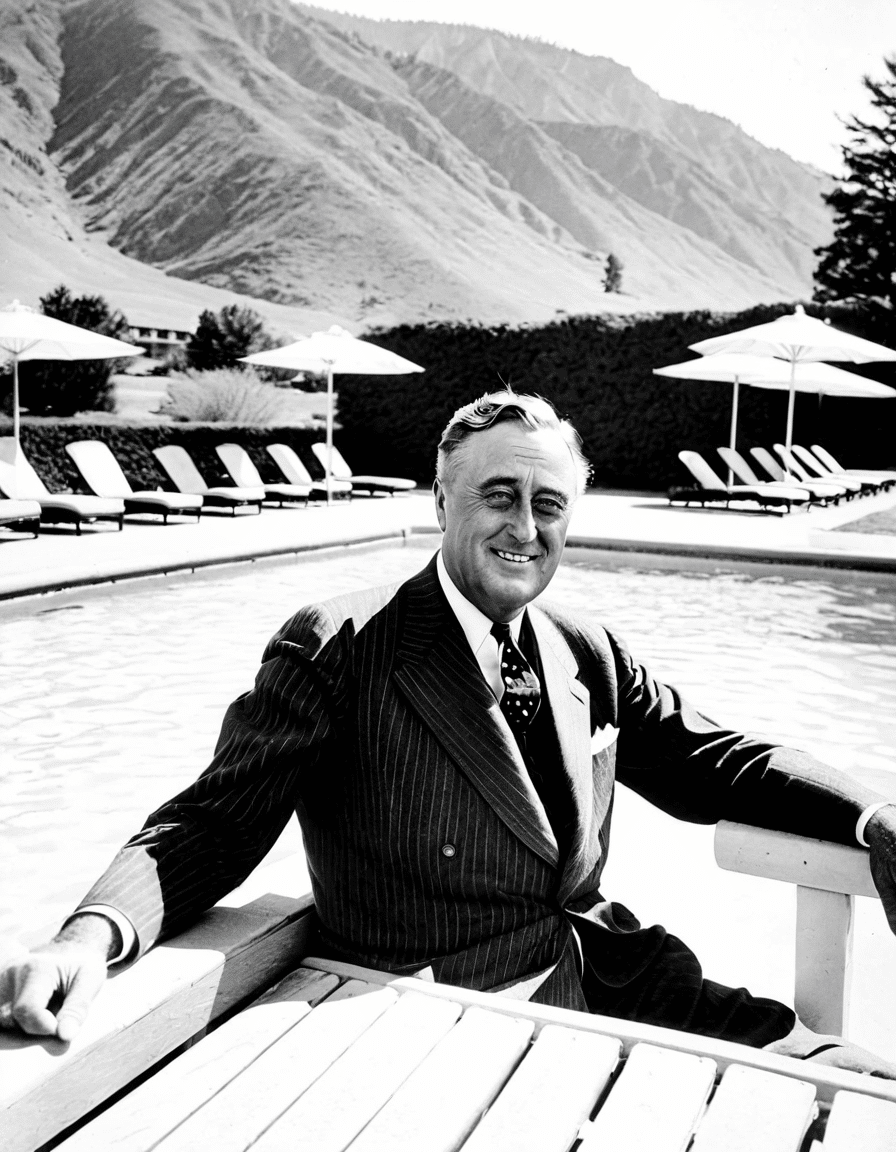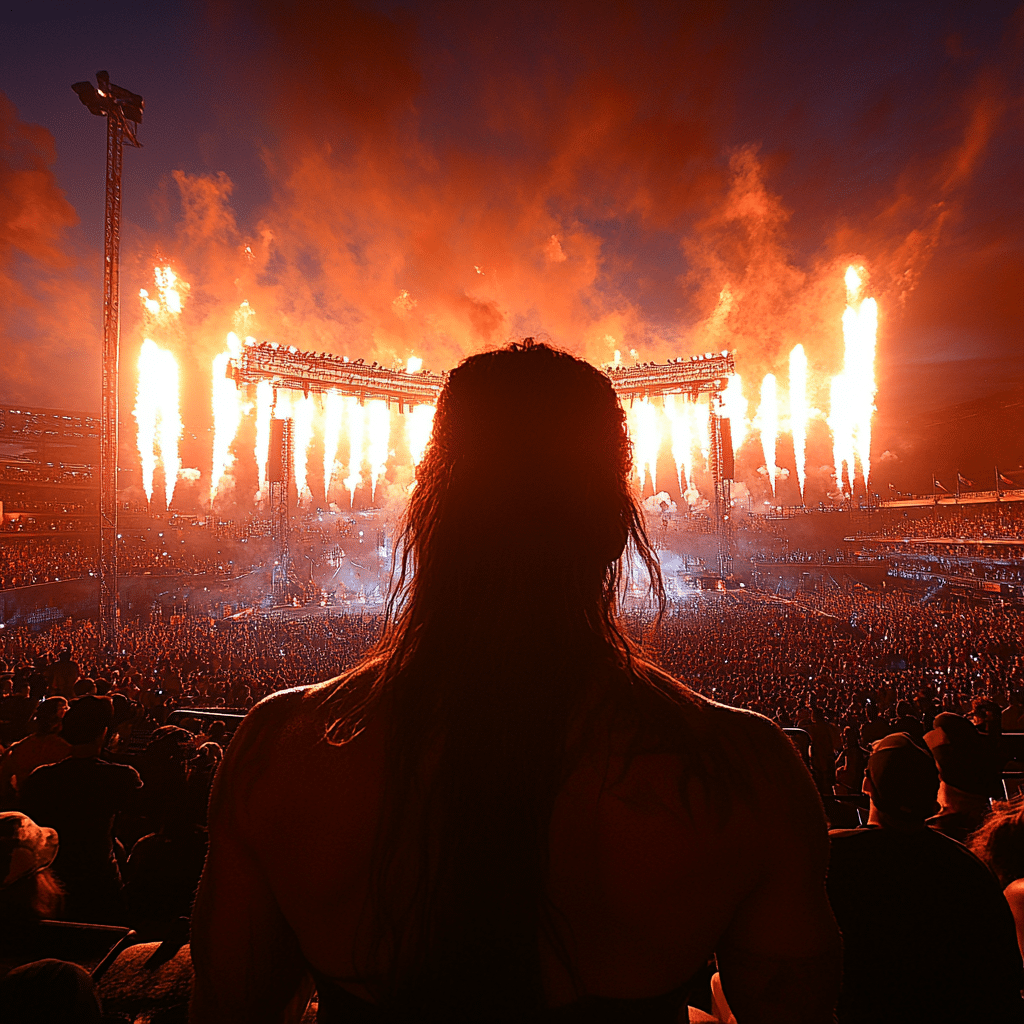If you’re an avid lover of horror films—or if you just enjoy a good fright—then you’re probably familiar with A Nightmare on Elm Street. Released in 1984, this iconic flick shaped not just the horror genre but pop culture as a whole. It introduced us to Freddy Krueger, a nightmarish figure that turned our very dreams into a battleground. But what makes A Nightmare on Elm Street so enthralling and enduring? Let’s dive deep into the fascinating themes and notorious influence of this chilling masterpiece!
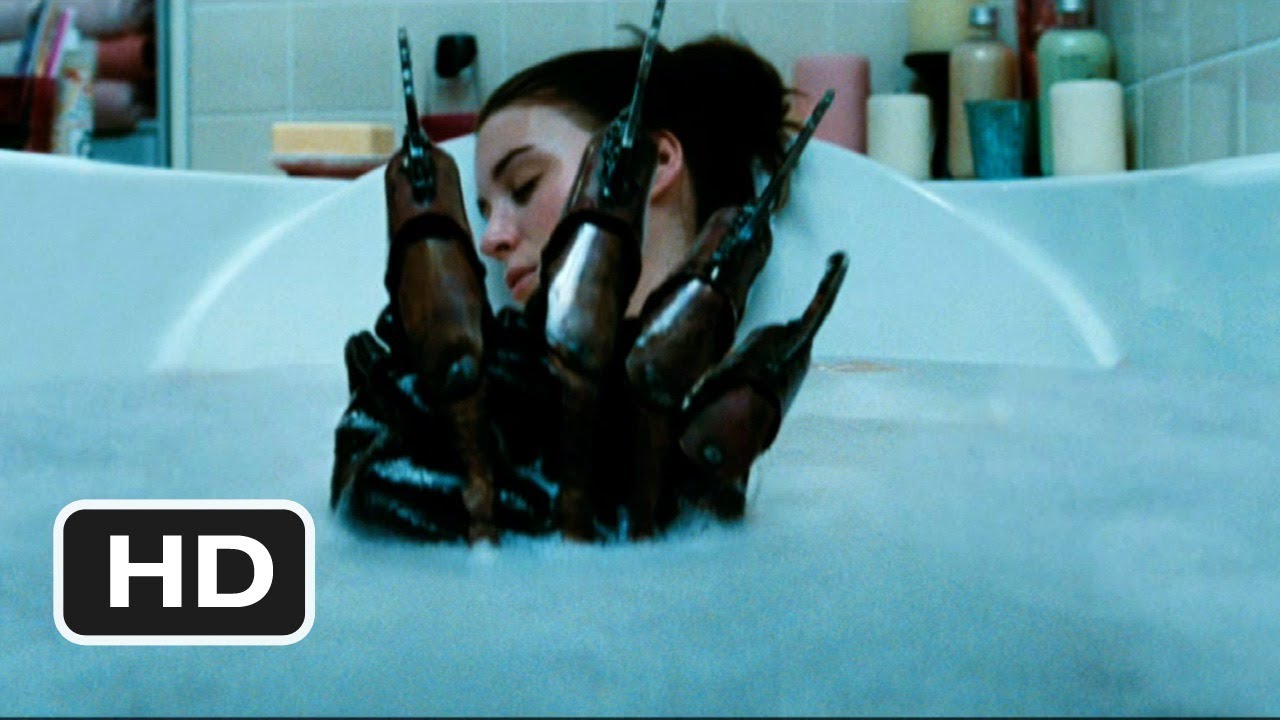
5 Disturbing Themes in A Nightmare on Elm Street
The brilliance of A Nightmare on Elm Street lies not only in its terrifying premise but also in the unsettling themes that resonate deeply within our collective psyche. Here are five themes that contribute to its lasting legacy:
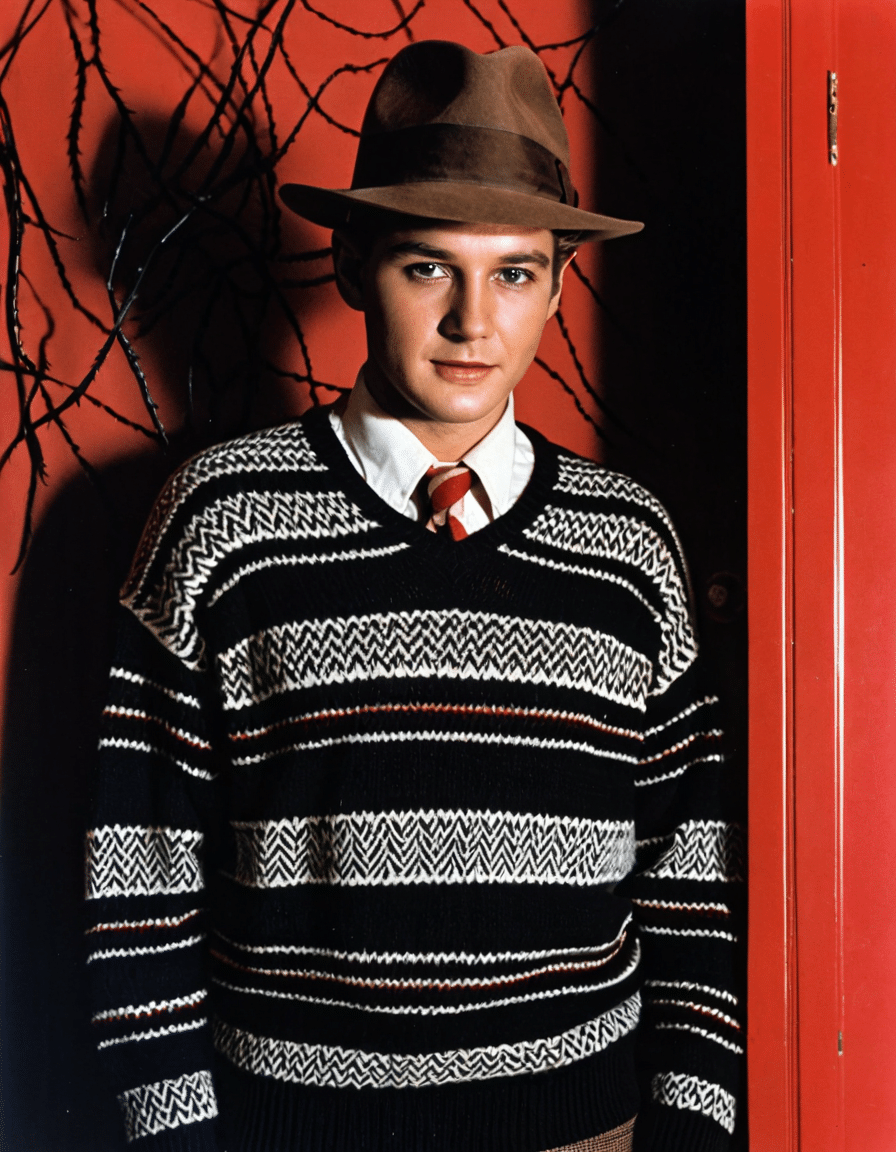
1. Fear of the Unknown
Much like the biblical tale of Sodom and Gomorrah, where sin leads to destruction, A Nightmare on Elm Street explores the fear of the unknown that lurks behind the curtains of suburban life. Freddy Krueger embodies every childhood fear imaginable—the kind that springs to life when we’re most vulnerable: during sleep. This bone-chilling idea of being hunted in your own slumber? Now that’s something that’ll make you think twice before dozing off!
2. The Loss of Innocence
At the heart of A Nightmare on Elm Street is the poignant theme of lost innocence. Our young protagonists face the shattering reality that sleep—a sanctuary in childhood—has morphed into a source of relentless terror. Just as the characters in Miracle on 34th Street grapple with the harsh truths about adulthood, so too do Freddy’s victims as they confront growing up. It’s a brutal reminder that transitioning into adulthood can sometimes feel like stepping into a nightmare.
3. Isolation in Suburbia
The film’s seemingly safe suburban backdrop serves as a stark contrast to the chaos unleashed by Freddy’s terror. Elm Street’s quiet streets mask dark secrets, revealing how isolation can amplify fear. This theme resonates with Little Shop of Horrors, where unassuming settings conceal sinister elements. It makes us question: just how safe is our perfect little neighborhood?
4. The Power of Dreams
Unlike your typical slasher flick, A Nightmare on Elm Street leverages the intense power of dreams, transforming them into a chilling horror show. The film raises profound questions about the subconscious and how our deepest fears take shape when we close our eyes. This terrifying exploration creates a modern parable, much like the narrative in Sodom and Gomorrah, deftly blurring the lines between morality, dreams, and nightmares.
5. Revenge and Justice
Freddy Krueger perfectly personifies revenge, his vengeful spirit a reflection of society’s quest for retribution. Watching Freddy dispense his unique brand of justice—the kind that forces us to examine our own beliefs about morality—elevates this film to thought-provoking heights. It’s a theme that evokes the darker nuances found in stories like Sodom and Gomorrah, where the dire consequences of revenge unfold in spectacularly terrifying ways.
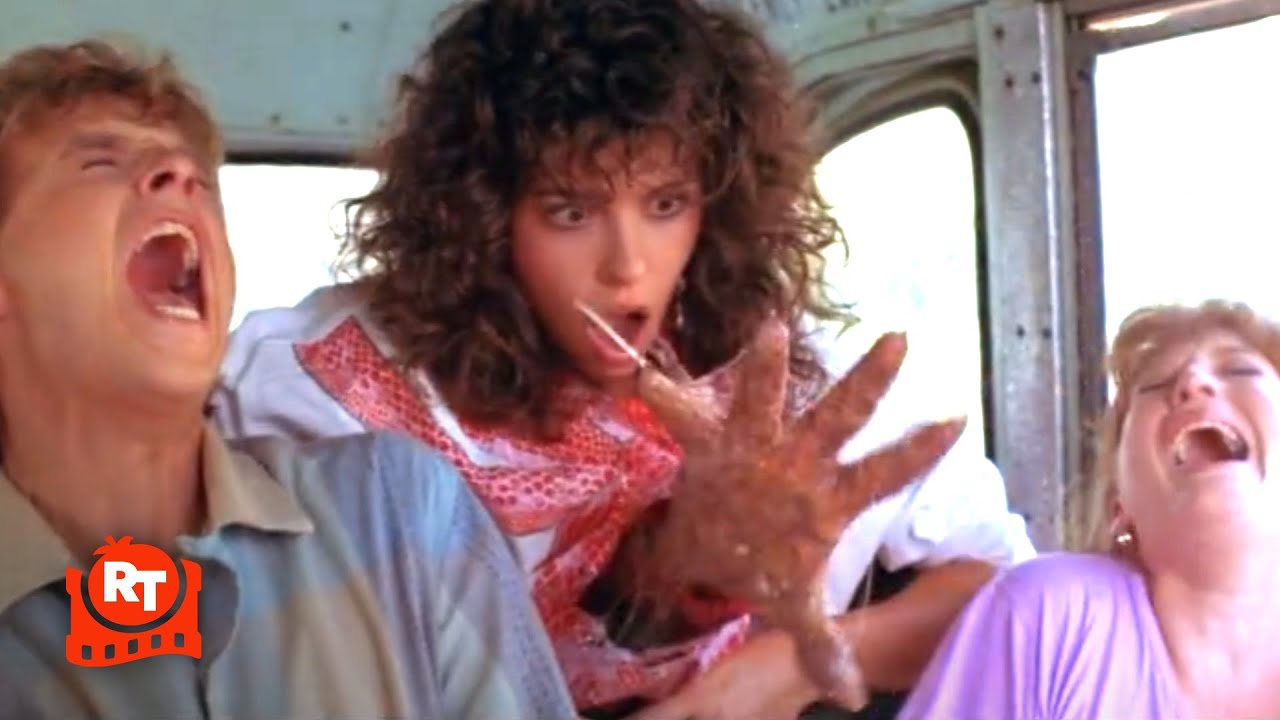
The Evolution of Horror: How A Nightmare on Elm Street Influenced the Genre
Not only did A Nightmare on Elm Street mark a significant shift in horror filmmaking, but it also influenced countless films, franchises, and even pop culture at large. Here are five pivotal ways this franchise reshaped the horror genre:
1. Iconic Villain: Freddy Krueger
Freddy’s distinctive look and dark sense of humor didn’t just catch audiences off-guard; they helped solidify him as one of horror’s most recognizable figures. The character set the standard for villain creation in subsequent horror franchises, paving the way for figures like Ghostface from Scream and Jigsaw from Saw. Freddy’s wicked charm made him a villain we love to fear.
2. Dream Logic and Cinematic Techniques
The creative use of practical effects and dream sequences propelled horror films into a new dimension. Filmmakers like Jordan Peele, famed for his work in Get Out, have cited A Nightmare on Elm Street as a significant inspiration for their storytelling and visual techniques. This innovation redefined how audiences experience fear and psychological depth in movies.
3. Blending Humor with Horror
One of the standout features of the franchise is its ability to mix humor with horror seamlessly, thanks to Freddy’s razor-sharp one-liners. This unique blend has sparked a genre in itself—horror-comedy—that continues to thrive in titles like Shaun of the Dead and What We Do in the Shadows. Who says horror can’t come with a side of laughter?
4. Cultural Commentary
5. Franchise Expansion
The cinematic universe created by A Nightmare on Elm Street opened the floodgates for endless horror sequels and spin-offs. Films like Halloween and Friday the 13th followed suit, showing that a compelling concept can spark a thriving franchise. The impact of Krueger’s world is still felt, as studios seek to recreate that magic across mediums.
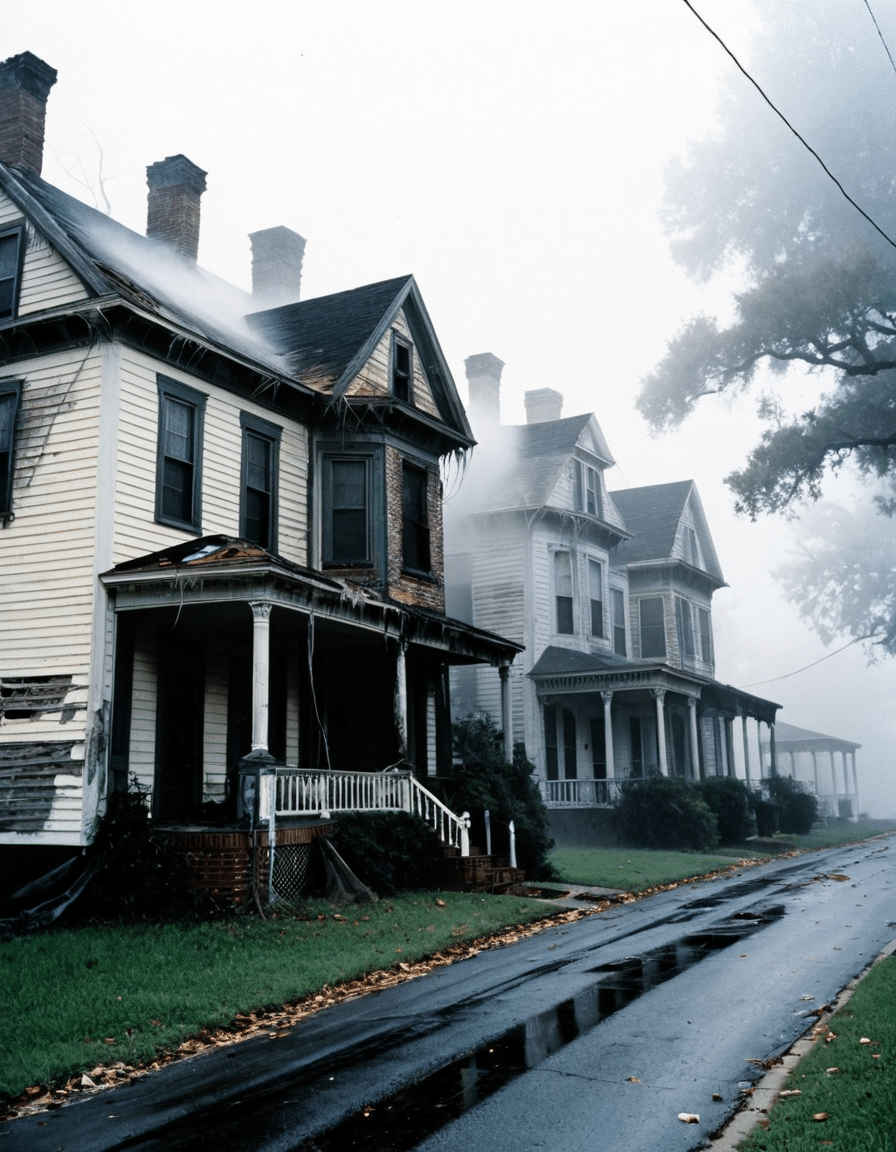
Innovating the Horror Landscape: The Legacy of A Nightmare on Elm Street
The influence of A Nightmare on Elm Street stretches far beyond its initial release. Though it started haunting dreams back in ’84, its core themes continue to resonate in 2026, as fears around the unknown have only intensified. Audiences today still grapple with existential dread—a key theme the film brilliantly captured. It’s a testament to the idea that while the format of horror evolves, the essence of fear remains unchanged.
Modern filmmakers aim to bring fresh narratives into the horror landscape while still drawing inspiration from timeless classics like A Nightmare on Elm Street. Whether we’re diving into our darkest dreams or confronting hidden fears in everyday life, Freddy Krueger’s legacy remains a benchmark for horror’s scariest moments. Let’s not forget that every flick we watch today owes something to the dark creativity of this game-changing film.
So, the next time you find yourself waking up in a cold sweat after a nightmare, just remember—it could be worse! At least Freddy isn’t coming for you… yet.
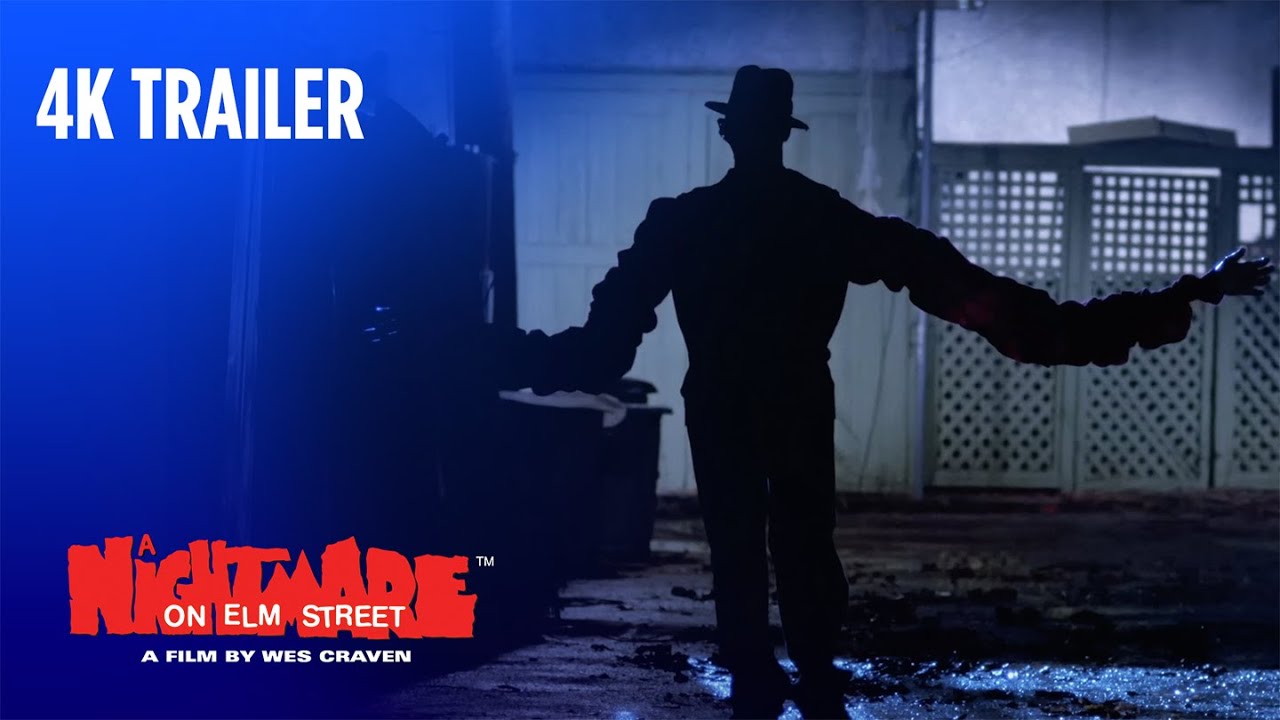
A Nightmare on Elm Street: Captivating Horror That Haunts Dreams
Behind the Scenes Fun
Did you know that A Nightmare on Elm Street was groundbreaking for its time? When Wes Craven penned this horror classic, he not only created a character that would haunt dreams but also brought a fresh twist to the slasher genre. The film starred a young Johnny Depp in his acting debut, who was famously pulled into his bed, a scene both terrifying and memorable. Interestingly, the production had a tight budget, leading to some inventive special effects. The iconic scene where Freddy Krueger’s glove emerges from the bed was done with practical effects, relying on creativity instead of computer-generated imagery. Now there’s something you wouldn’t find in a typical film playbook!
Freddy Krueger’s character was inspired by a mix of nightmares experienced by Craven as a child and a series of news stories about victims of sleep deprivation. The haunting premise led to a franchise that expanded into several sequels and even a crossover with Jason Voorhees, proving that horror fans love a good mash-up. Much like Bobby Moynihans hilarious portrayals in shows like Saturday Night Live, the blend of horror and humor became a cultural phenomenon that keeps drawing audiences even decades later.
Cultural Impact and Legacy
Despite the terrifying premise, the film also blended creativity that reminded audiences of feel-good comedies, similar to the Talladega Nights cast bringing laughs through absurdity. Interestingly, many actors cited A Nightmare on Elm Street as a learning tool; even alumni of the comedy circuit noted how understanding fear can enhance character development. This film continues to resonate, showcasing that horror can evolve while still providing those exhilarating chills.
Continued Relevance
To this day, A Nightmare on Elm Street remains a cornerstone of horror. It sparked a franchise that invites discussion about fear, dreams, and creativity. Many modern horror films, especially those grappling with psychological themes, owe a nod to this classic, much like how Thanksgiving 2025 taps into nostalgia with its themes of family and tradition. As we look forward to upcoming releases in the genre, including the new Marvels movie, it’s clear that horror never truly goes out of style, providing ample inspiration for filmmakers.
In the same way that outdoor enthusiasts seek out the best La Sportiva climbing shoes for their adventures, filmmakers dig into the classic tropes crafted by legends like Wes Craven. The flick’s enduring popularity exemplifies how nightmares can linger long after the credits roll, proving that some fears are best confronted through celluloid. So the next time you close your eyes at night, remember, you might just bump into Freddy—or perhaps get a laugh like those seen in Love And Hip hop atlanta. After all, dreams are a little bit of both!


